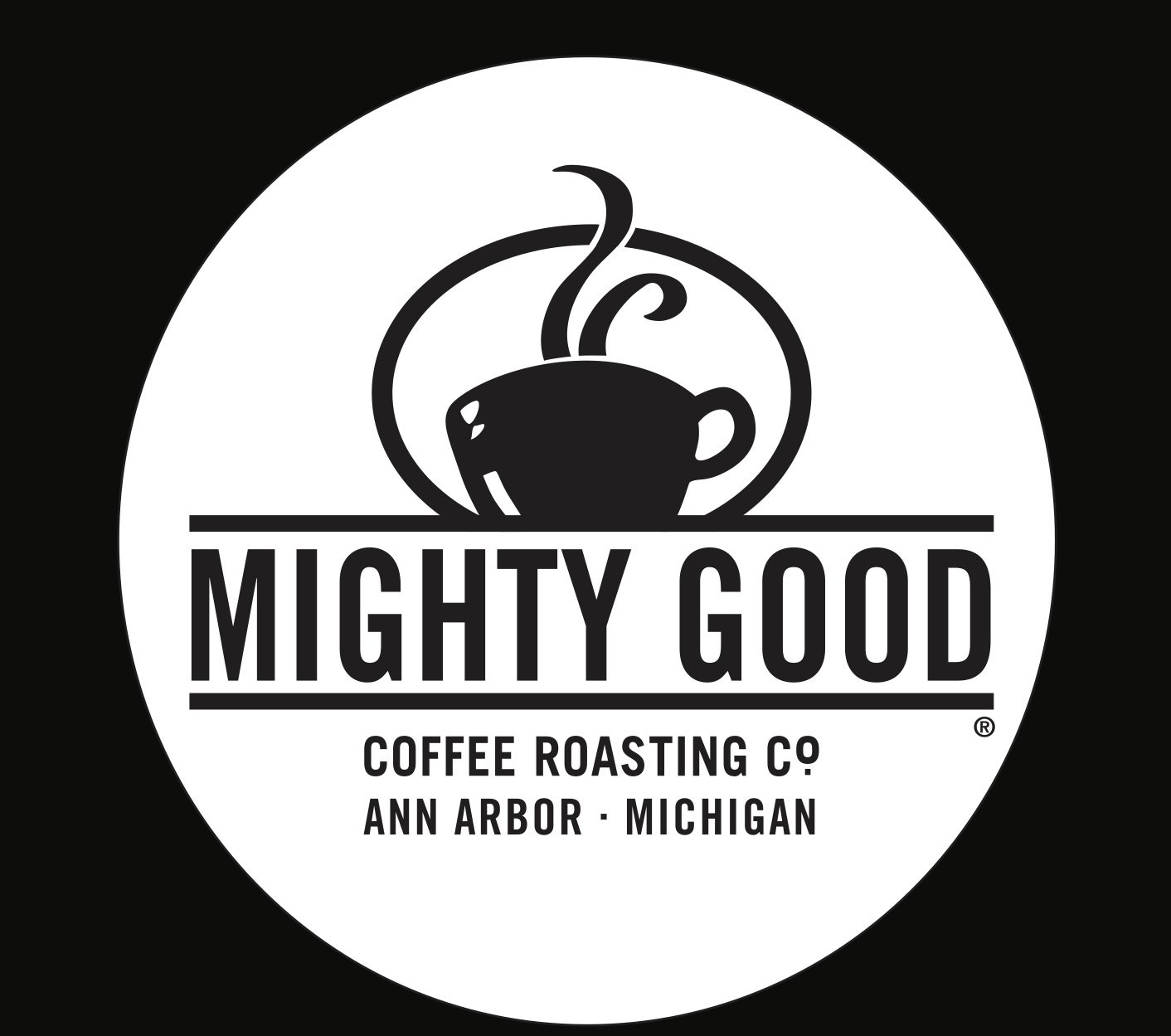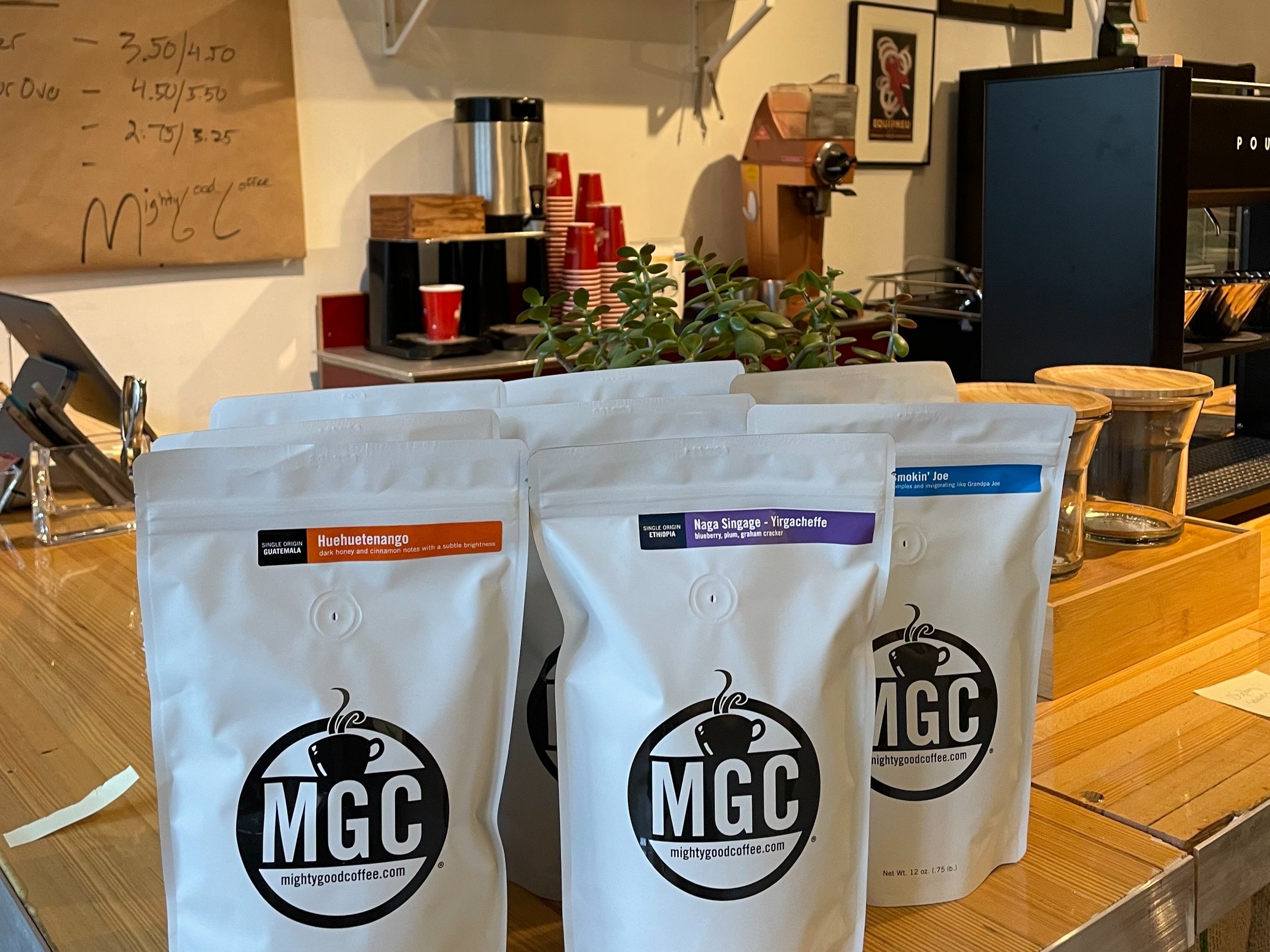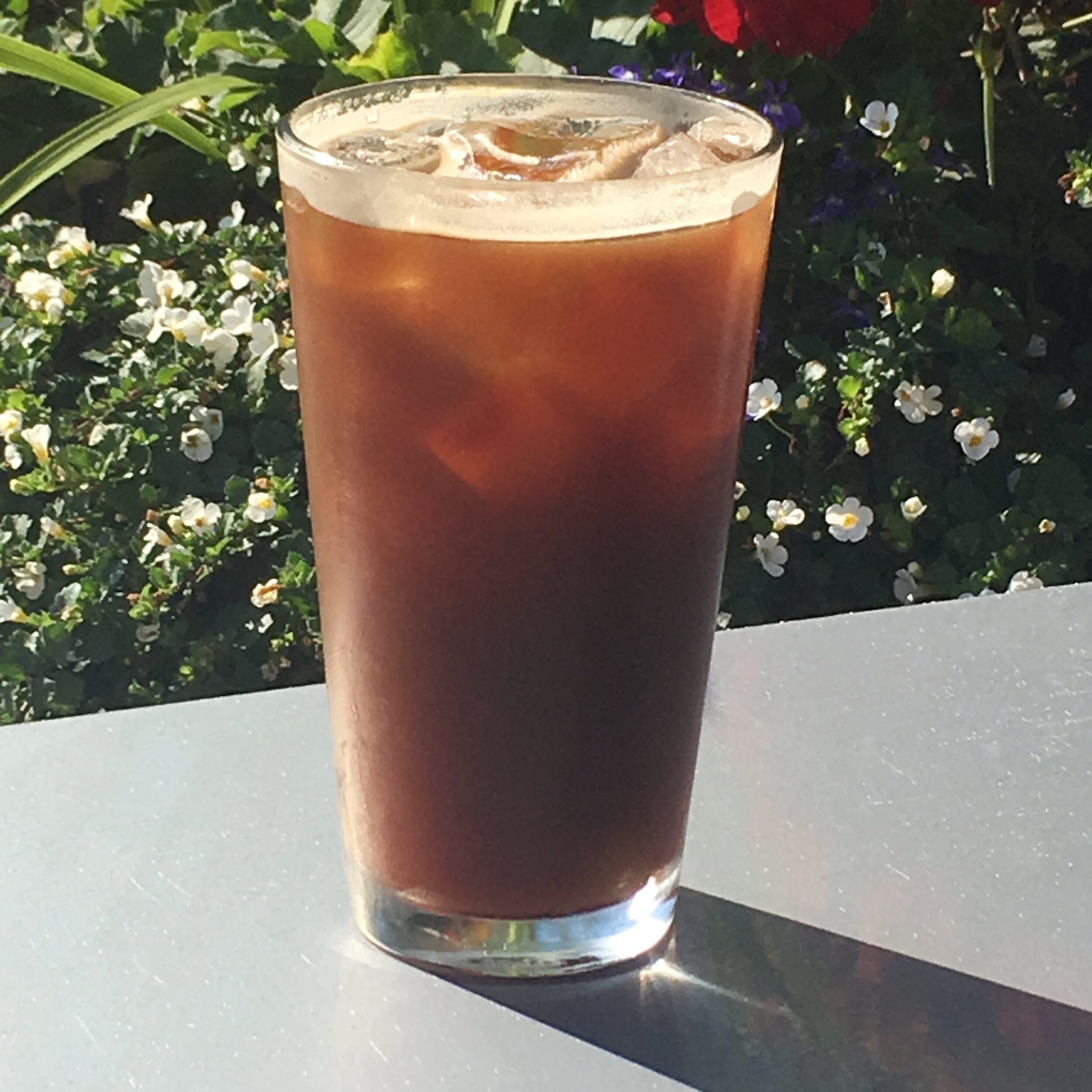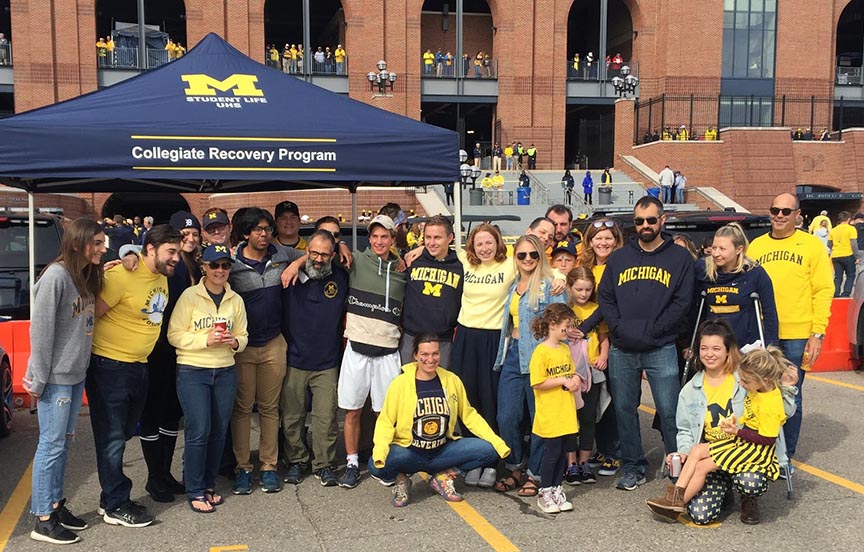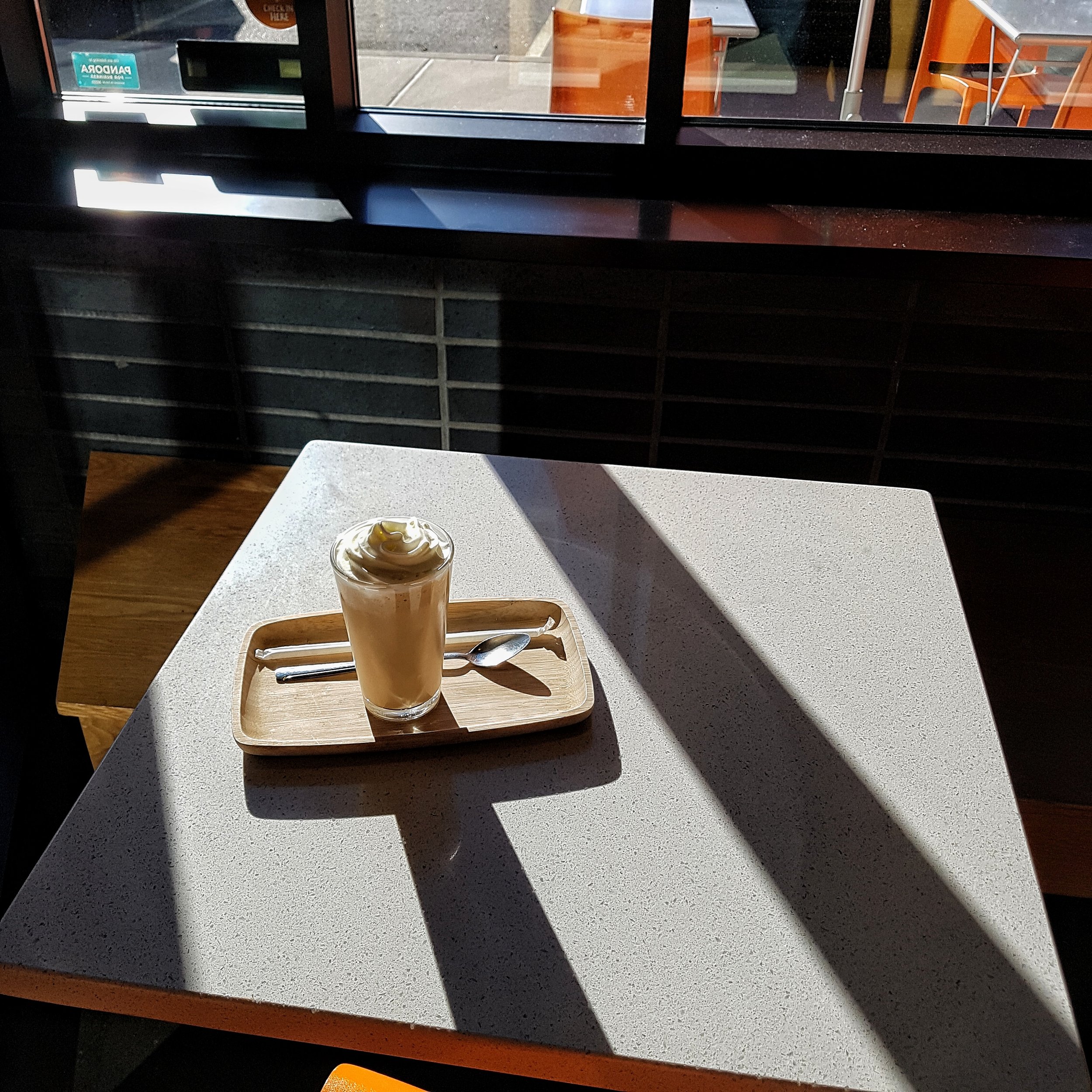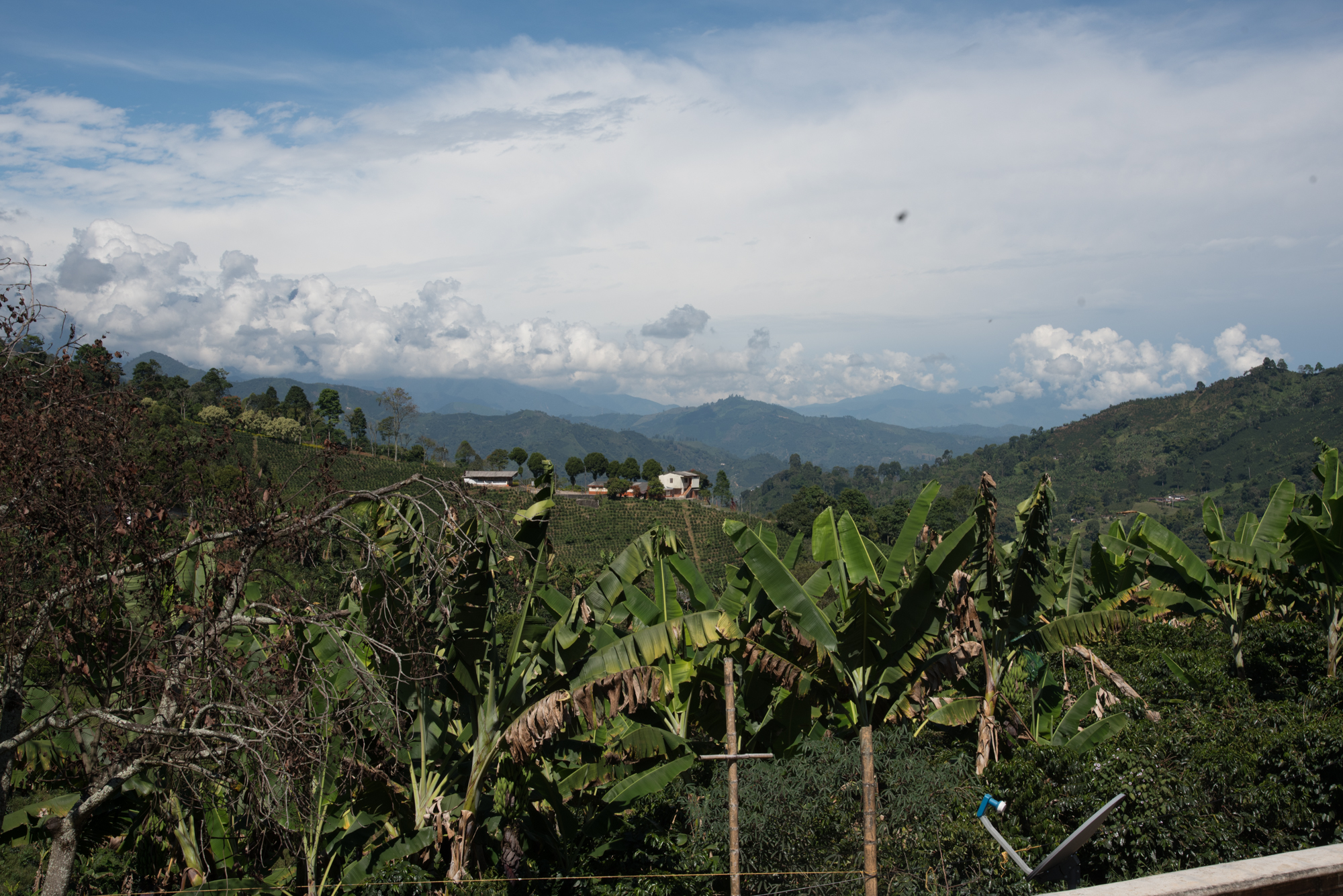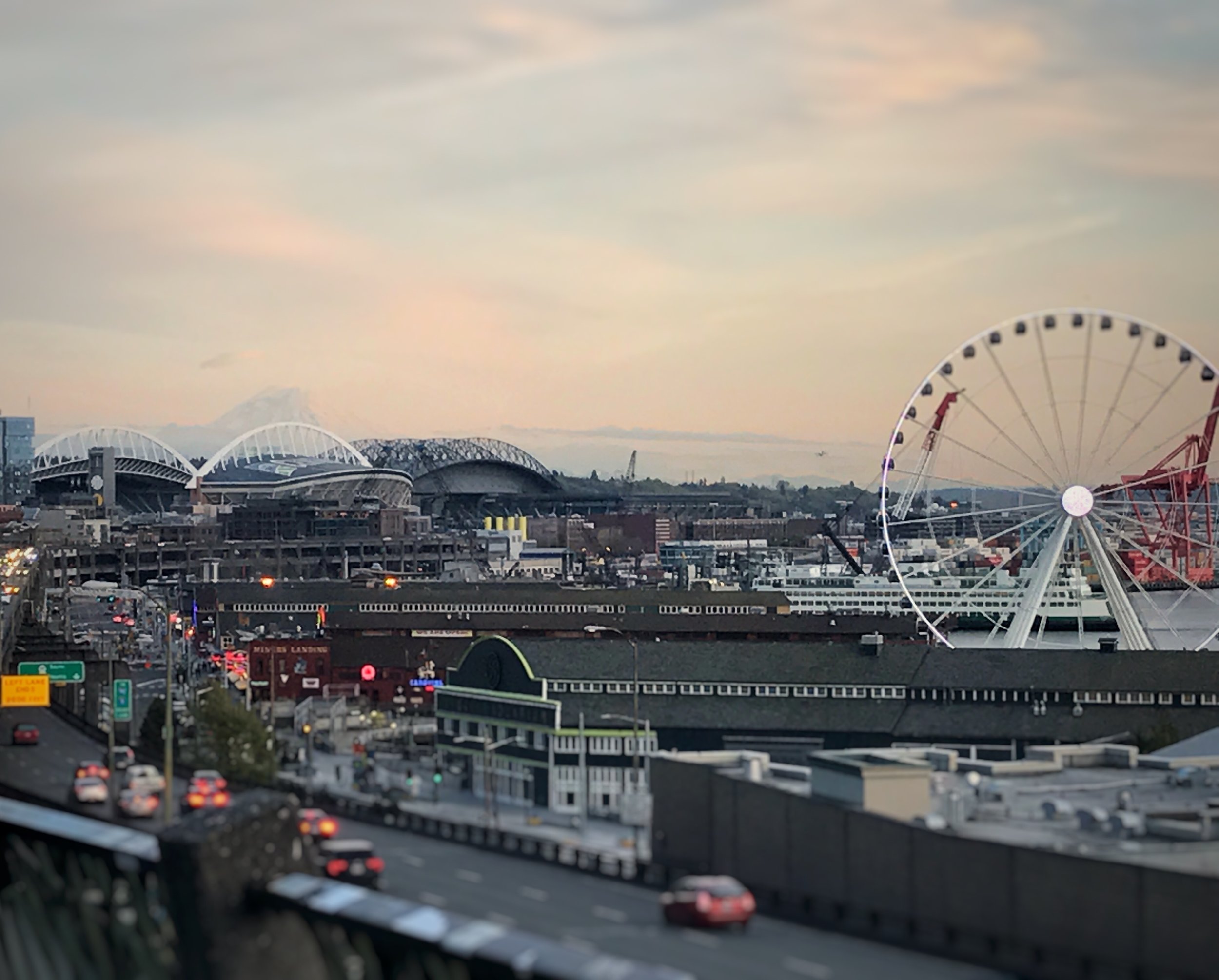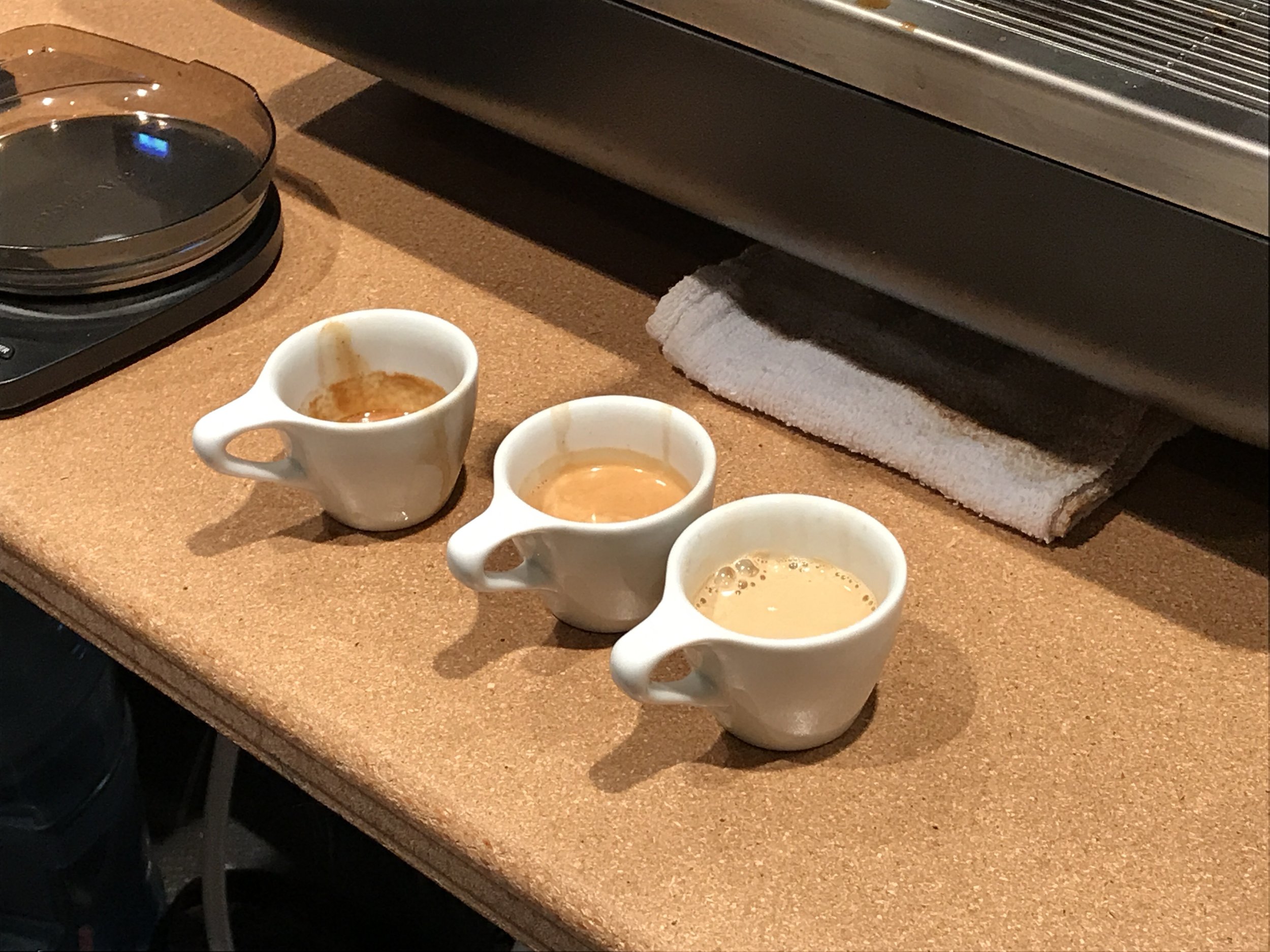At Mighty Good, we want to encourage everyone to stop in and enjoy our cafes, no matter what their dietary restrictions, so we're delighted to offer Tasty's gluten free (and vegan!) granola bars, brownies and cookies at all our cafes.
Arbor Teas
Another Ann Arbor business with whom we have forged close ties over the years, Arbor Teas sources and sells the best quality organic and sustainable tea from all around the world. Tea and coffee have much in common, from seasonality to growing conditions to social impact - all things that Arbor Teas, like us, takes extremely seriously.
Our popular Chai Latte is anchored by an Arbor Teas Fair Trade organic Masala Chai base, brewed and mixed with honey and then steamed with your choice of milk - it's also equally delicious iced.
Bear Creek Bars
Bear Creek Farm in Marshall, Michigan, produces various items in its on-site commercial kitchen, but our favorites are their energy bars - two of which, the Go Bar and the Green Bar, we sell in our cafes. Packed with protein and a healthy serving of nuts, these bars will keep you going on even the busiest of days.
Bear Creek also makes juices and granola, as well as selling produce from their farm stand and at various farmers markets around their locality.
Argus Farm Stop
Speaking of which. What if you want to visit your local farmers market and stock up on vegetables, but it's the middle of winter? Previously, you'd be forced to head to the nearest Meijer and call it good. But Ann Arbor now has an alternative: Argus Farm Stop. A year-round market where you can buy local produce from local farmers, Argus has two Stops: the original on W. Liberty, and a second location on Packard.
Mighty Good cold brew, bagged coffee and Jefferson Market soups & salads (at the Packard location) line the shelves, alongside other Michigan-made products and, of course, the freshest local veggies. It's a sustainable, affordable, and delightful way to buy your groceries.
Matty J's Bakery And Cafe
Founded in 2017, Matty J's is a bakery and cafe just down the road in Saline, and one of our newer partners. Matty J's provides the Jefferson Market with bread throughout the week, with which we craft our ever-changing lineup of inventive sandwiches.
